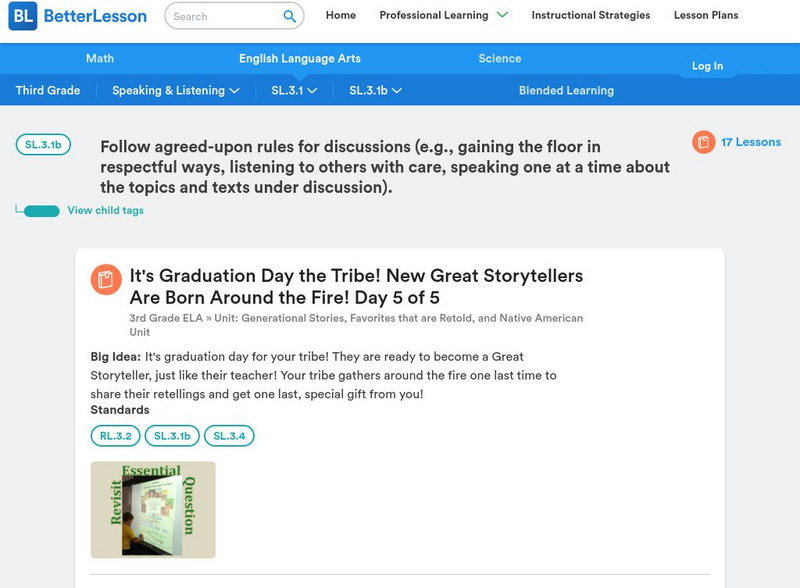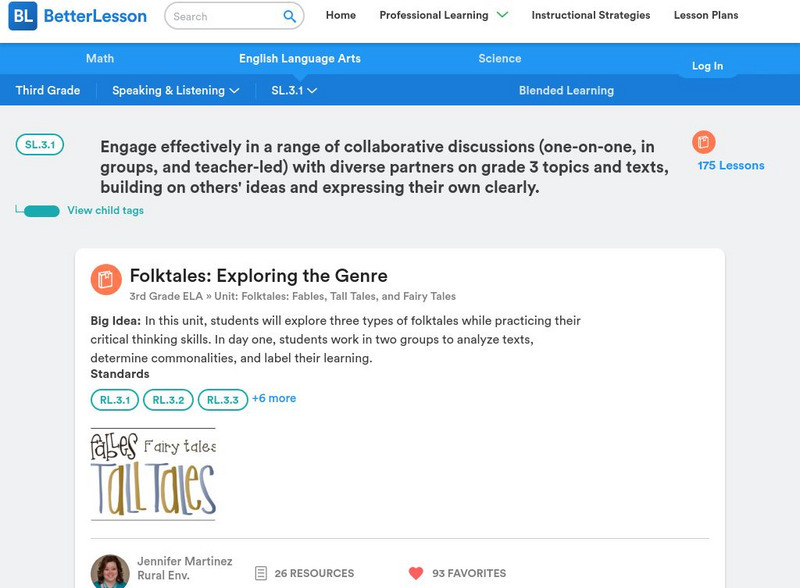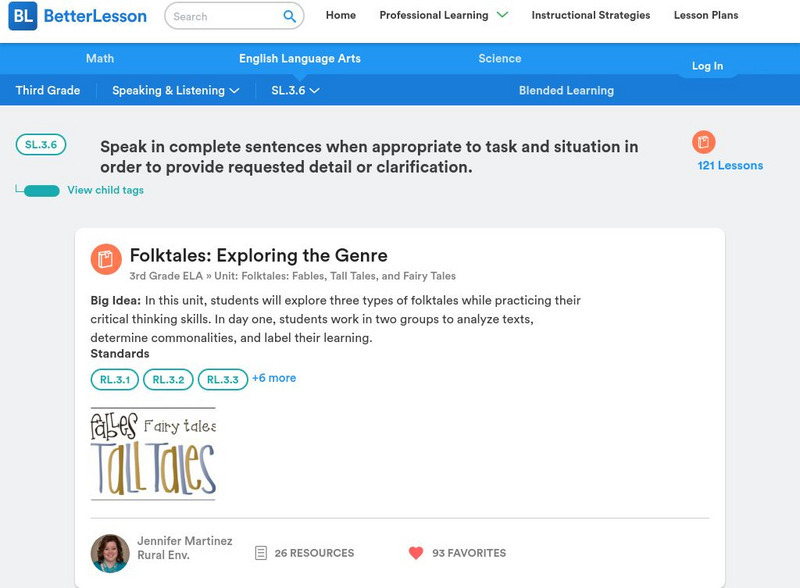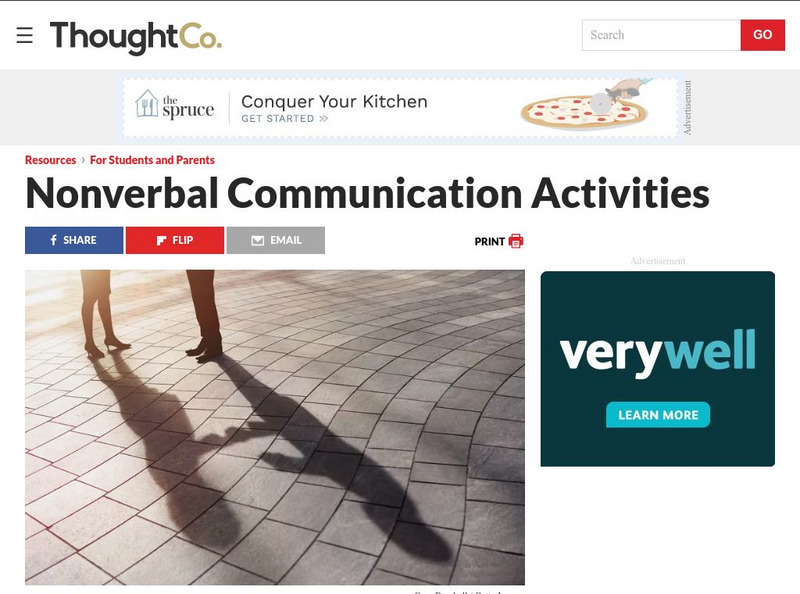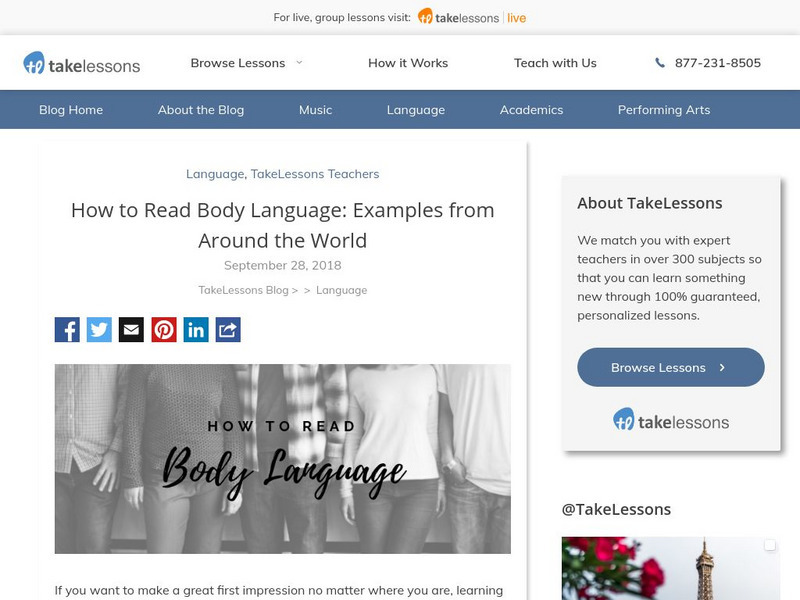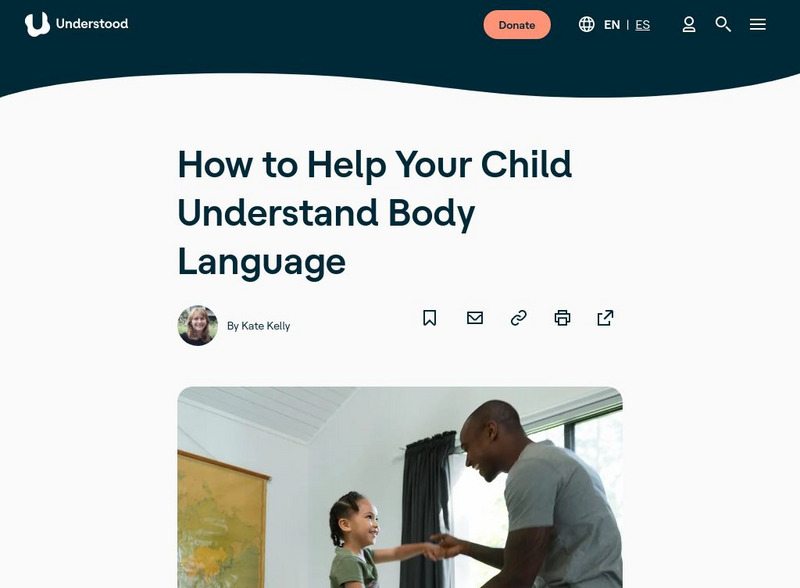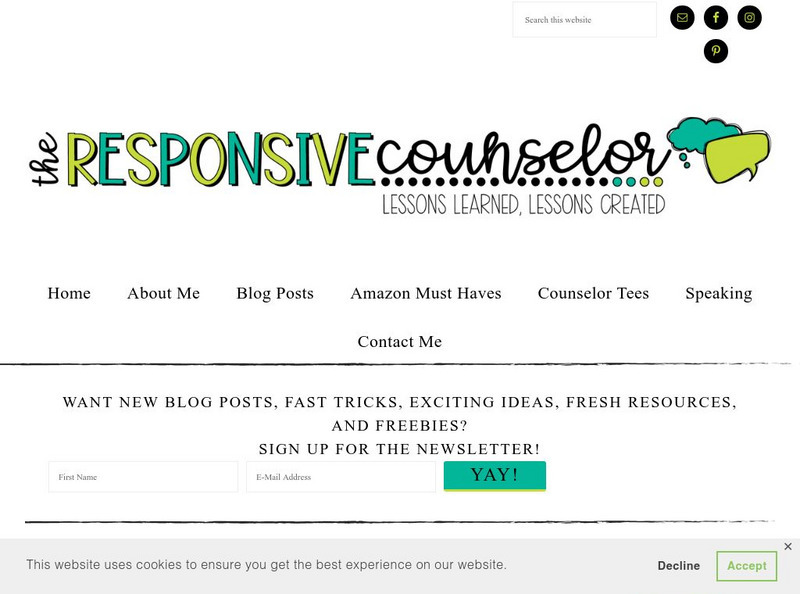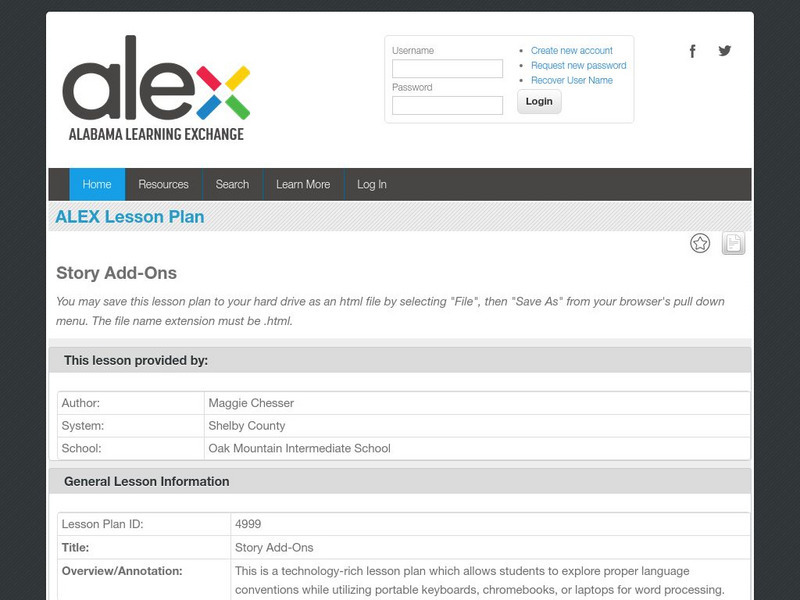Education.com
Education.com: W.3.2.c Worksheets: Use Linking Words and Phrases to Connect Idea
[Free Registration/Login Required] A site with links to 10 worksheets that can be downloaded and printed for student use while building skills with standard W.3.2.C: Use linking words and phrases (e.g., also, another, and, more, but) to...
Better Lesson
Better Lesson: W.3.2b: Develop the Topic With Facts, Definitions, and Details
Links to 12 lessons and activities that build student skills in standard W.3.2b: Develop the topic with facts, definitions, and details.
Education.com
Education.com: W.3.2.b Worksheets: Develop the Topic With Facts, Definitions,
[Free Registration/Login Required] A site with links to 30 worksheets that can be downloaded and printed for student use while building skills with standard W.3.2.B: Develop the topic with facts, definitions, and details.
McGraw Hill
Mc Graw Hill: Speaking and Listening: Respond to Ideas and Questions
Excellent guidelines for how to ask and answer questions in order to have a productive group discussion.
Education.com
Education.com: Sl.3.1.d Worksheets: Explain Their Own Ideas and Understanding
[Free Registration/Login Required] A site with links to 4 worksheets that can be downloaded and printed for student use while building skills with standard SL.3.1.D: Explain their own ideas and understanding in light of the discussion.
Better Lesson
Better Lesson: Sl.3.1b: Follow Agreed Upon Rules for Discussion
Links to 17 lessons and activities that build student skills in standard SL.3.1b: Follow agreed-upon rules for discussion (e.g., gaining the floor in respectful ways, listening to others with care, speaking one at a time about the topics...
Better Lesson
Better Lesson: Sl.3.1: Engage Effectively in a Range of Collaborative Discussions
Links to 175 lessons and activities that build student skills in standard SL.3.1: Engage effectively in a range of collaborative discussions (one-on-one, in groups, and teacher-led) with diverse partners on grade 3 topics and texts,...
Better Lesson
Better Lesson: Sl.3.6: Speak in Complete Sentences
Links to 121 lessons and activities that build student skills in standard SL.3.6: Speak in complete sentences when appropriate to task and situation in order to provide requested detail or clarification.
McGraw Hill
Mc Graw Hill: Carol's Classroom: Speaking and Listening: Prepare for Discussions
This video lesson [4:11] focuses on clear communication and active listening, essential social-emotional skills, that help lay the foundation of positive learning environments. They can develop these skills and take responsibility for...
Success Link
Success Link: Are You Talking to Me?
A lesson plan to help young scholars interact with each other. The focus is on special education, but could be used productively in any elementary classroom.
Other
Encourage Play: Two Fun Ways to Practice Conversation Skills
Listening and responding on topic during a conversation is a skill our kids need to practice and learn. Here are two fun ways to practice this skill. You can do these activities with groups of kids, or pairs of kids. If you are working...
Other
Center for the Collaborative Classroom: Integrating Speaking and Listening Ccss
Integrating speaking and listening builds a positive classroom community with less bullying, increased self-confidence, and greater independence, along with the ability to work with all students. This article gives ideas for projects or...
Other
Morningside Center: Active Listening
In this lesson, students practice active listening by paraphrasing what they hear. Students will practice listening to one another and repeating what they heard. Various listening activities are included in this lesson.
CPALMS
Cpalms: Lafs.2.sl.2.5
Choose from a variety of courses, lesson plans, and resources aligned to the Common Core standard of creating audio recordings of stories or poems.
ThoughtCo
Thought Co.: Nonverbal Communication Activities
It's important to be aware of nonverbal communication, so we can avoid sending and receiving unintentional messages through our expressions and body movements. These exercises are designed to help you understand how much information we...
PBS
Pbs Learning Media: How to Avoid Inappropriate Shifts
Watch out for inappropriate shifts in pronoun number and person! A shift is when there is a disparity between the perspectives, from first person, second person, and third person. It is important to maintain perspectives when referring...
Other
Take Lessons: How to Read Body Language: Examples From Around the World
This resource provides several examples of different meanings of various types of body language.
Understood For All
Understood: How to Help Your Child Understand Body Language
This article provides tips on how teach children to pick up on social cues.
Other
The Responsive Counselor: Body Language and Tone of Voice Lesson Plan
This blog post from shares several activities that will help students understand how to interpret voice tone and body language.
Alabama Learning Exchange
Alex: Story Add Ons
This is a technology-rich lesson plan which allows students to explore proper language conventions while utilizing portable keyboards for word processing.
Other
Team Building inc.com: The Miracle of Pittron Steel
The writer reviews the work of Wayne Alderson and claims that a person's beliefs can interfere with reaching consensus. The article uses Alderson's technique as a premise for all consensus building.
Daily Teaching Tools
Daily Teaching Tools: Cooperative Learning: How to Assign Meaningful Tasks
This Daily Teaching Tools resource provides cooperative grouping strategies. Students will be able to communicate effectively with the aid of this resource.
Daily Teaching Tools
Daily Teaching Tools: Cooperative Learning: Great Grouping Strategies
This Daily Teaching Tools resource provides a flexible grouping strategy. An explanation is provided that explains how to use tongue depressers to divide students into cooperative learning groups.
American Forum for Global Education
American Forum for Global Education: Talking With Our Hands
This lesson from the American Forum for Global Education is designed to help children understand that using hands to "convey messages" is a form of communication.







